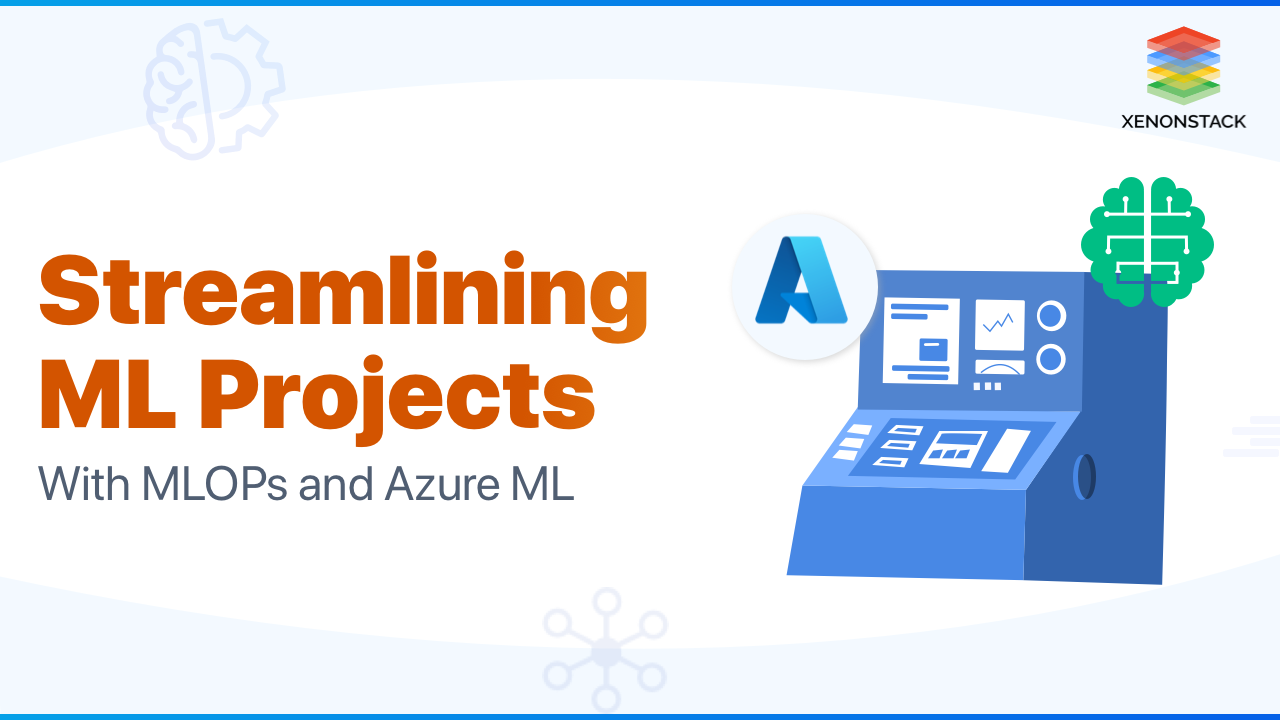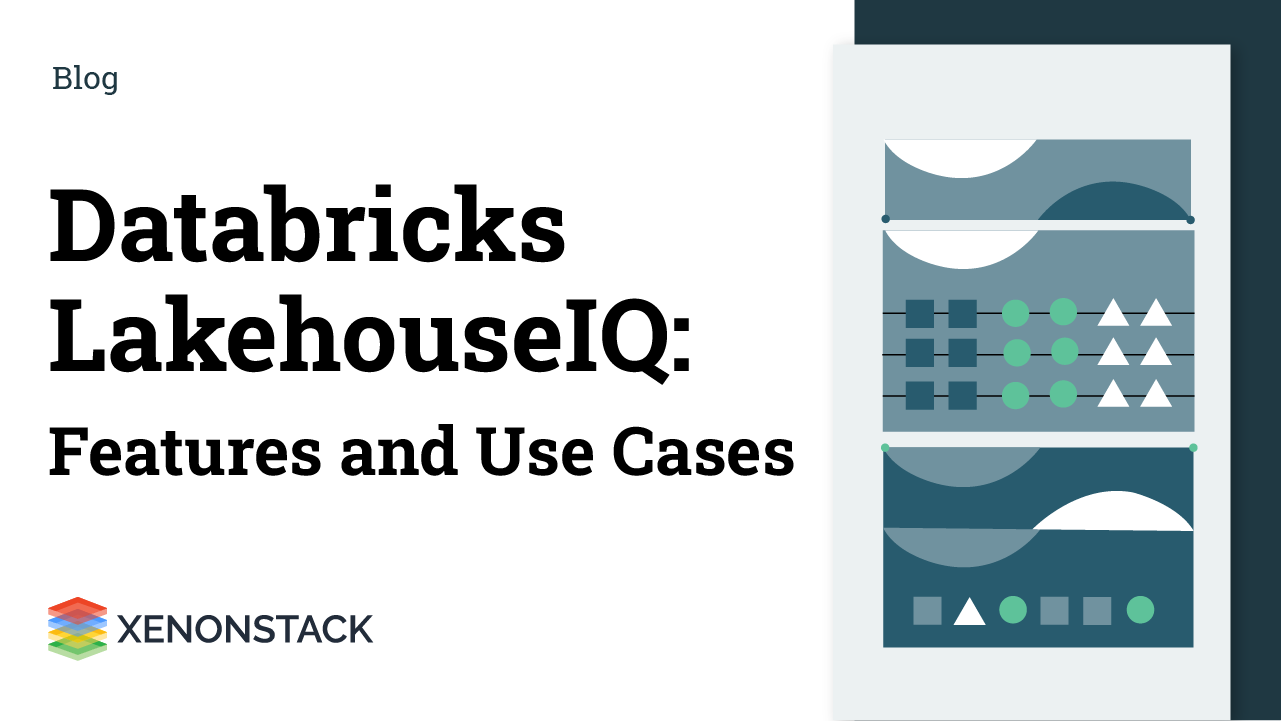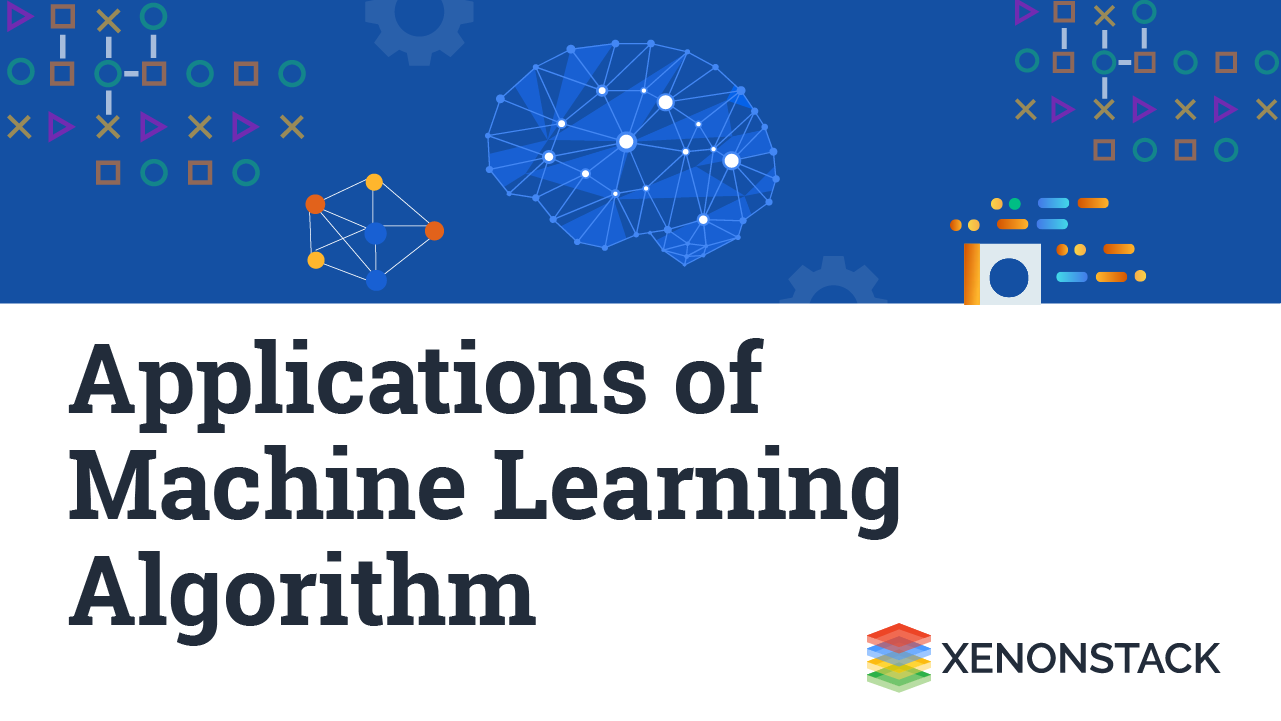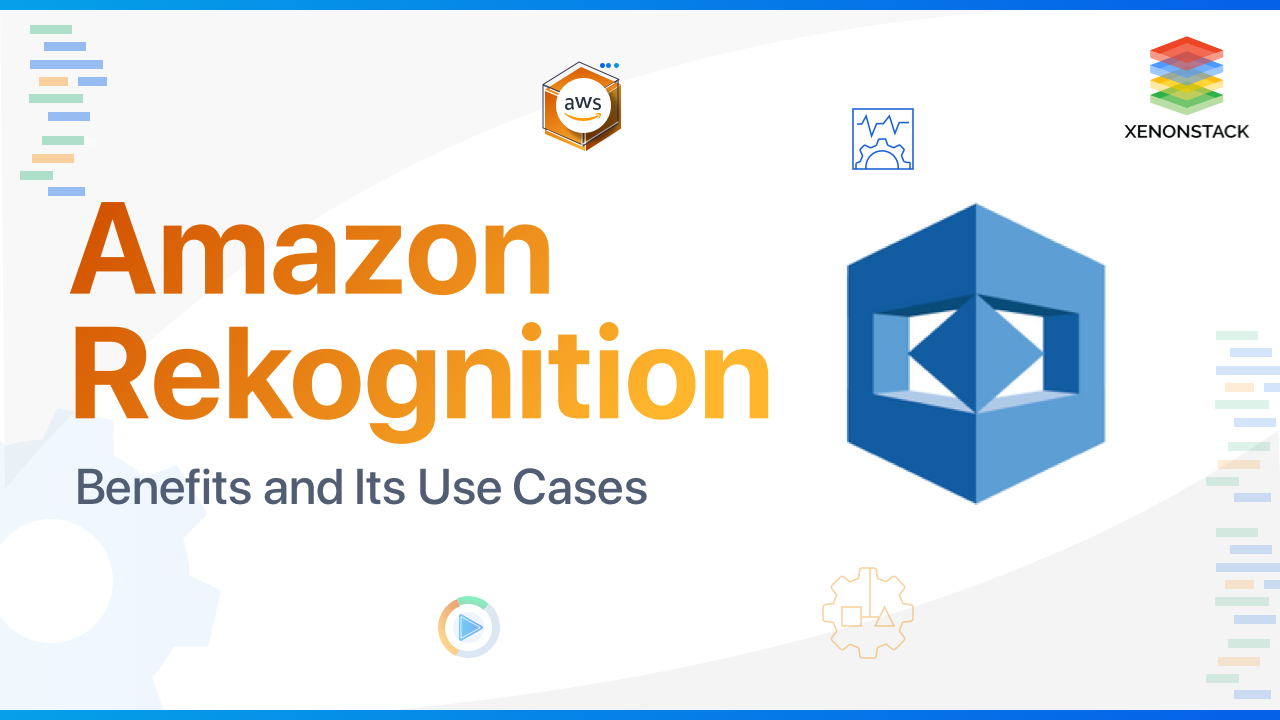
Why do we need to streamline the Machine Learning Projects?
During a machine learning project, the phases to be implemented are defined by machine learning workflows. Data collection, preprocessing, dataset building, training and evaluation, and production deployment are the typical phases in a Machine learning project. Users cannot automate all the features, but some aspects of the machine learning workflow, like model and feature selection, can be automated.
Generally, these steps are accepted as a standard. Firstly define the project and find an approach while creating a machine learning project. Build a workflow that allows you to scale up to a production-grade solution and not try to fit the model in the rigid workflow.
A part of Artificial Intelligence (AI) that give power to the systems to automatically determine and boost from experience without being particularly programmed. Click to explore about, Machine Learning Model Testing
What is the workflow of Machine Learning?
The workflow of machine learning defines the steps of a particular mL implementation. The workflow of machine learning can be varied by project except for the following phases.
Data Gathering
The main stage of the workflow is data gathering. While collecting data, define the potential usefulness and accuracy of the project with the quality of the collected data. To collect data, users need to identify sources and aggregate data from those sources into a single dataset.
Pre-processing of Data
The user needs to pre-process the data after collecting it. It involves cleaning, verifying, and formatting the data.
Split Datasets
This phase includes the process of dividing data into three parts.
- Training set - Is used to process the information and train the algorithm.
- Validation set - Is used to estimate the model's accuracy and finetune the model parameters.
- Test set - Is used to assess the accuracy and performance of the models.
Training and Refinement
Once users have datasets, users are ready to train their model. This involves feeding a training set to an algorithm to learn appropriate parameters and features used in classification. Once training is complete, then refine the model using the validation dataset. This may involve modifying or discarding variables and includes a process of tweaking model-specific settings (hyperparameters) until an acceptable accuracy level is reached.
Machine Learning Evaluation
Finally, test your model after a good set of hyperparameters is found and model accuracy is optimized. Testing uses a test dataset to verify that models are using accurate features. Based on the received feedback, train the model to improve accuracy, adjust output settings, or deploy the model as needed.
Streamline ML Projects
It is an engineering discipline that aims to bring together the creation (dev) and deployment (ops) of machine learning systems to standardize and expedite the continuous delivery of high-performing models in production.
Users have a new Machine learning engineering culture to help simplify the overall system. Everyone from upper management with no technical expertise through Data Scientists, DevOps, and ML Engineers was involved in the system.
Time Series Analysis For Business Forecasting helps to forecast/predict the future values of a critical field which has a potential business value in the industry. Click to explore about, Time Series Analysis and Machine Learning Models
How to streamline Machine Learning Projects with MLOPs?
The importance of MLOPs cannot be overstated. By establishing more efficient processes, utilizing data analytics for decision-making, and enhancing customer experience, machine learning helps individuals and organizations deploy solutions that uncover previously untapped streams of revenue, save time, and cut costs.
These objectives are challenging to achieve without a stable foundation to operate. MLOPs automates model creation and deployment, resulting in shorter time-to-market and fewer operational expenses. It assists managers and developers in making more strategic and agile decisions. MLOPs provides a road map for individuals, small teams, and even enterprises to achieve their objectives despite restrictions, such as sensitive data, limited resources, and tight budgets.
Following are the essential skills that are needed to focus on:
Framing ML problems from business objectives
Machine learning systems usually begin with a commercial purpose or objective. It might be as easy as lowering the proportion of fraudulent transactions to less than 0.5 percent or developing a technique to identify skin cancer in dermatologist-labeled photographs.
These goals frequently include performance metrics, technical requirements, a project budget, and KPIs (Key Performance Indicators) that guide the monitoring of deployed models.
Architect ML and data solutions for the problem
After that, the goals are converted into ML problems. The next stage is to begin looking for relevant input data and the types of models to test with that data.
- One of the most difficult challenges is finding data. It's a multi-step procedure that includes the following steps:
- Examine the data's trustworthiness as well as its source.
- What is the best way to make the dataset accessible?
- Is the data coming from a source of static (files) or real-time streaming (sensors)?
- What is the number of sources that will be used?
- How do you create a data pipeline that can drive training and optimization once the model is in production?
- What are the many types of cloud services that may be used?
Data Preparation and Processing
Feature engineering, cleaning (formatting, testing for outliers, imputations, rebalancing, and so on), and finally selecting the set of features that contribute to the output of the underlying issue are all part of data preparation. A comprehensive pipeline is built and coded to provide clean and compatible data to be fed into the next model building step.
Choosing the proper combination of cloud services and architecture that is both performant and cost-effective is a crucial component of building such pipelines.
Model Training and Experimentation — Data Science
Move on to the next phase of training ML models as soon as the data is ready. The initial part of training is now iterative, using various models and narrowing down to the optimal answer using a combination of quantitative measurements such as accuracy, precision, recall, and qualitative model analysis that accounts for the mathematics that drives the model or, put, the model's explainability.
Building and Automating ML Pipelines
While building ML pipelines following tasks should be kept in mind:- Determine the system's requirements, including parameters, compute requirements, and triggers.
- Create pipelines for training and testing.
- The pipeline should be tracked and audited.
- Validate the information.
Production System Model Deployment
The main two ways to deploy models:
- First is a static deployment where a model is saved into the application and then deployed.
- The second is dynamic deployment which uses a framework like a flask and offers an endpoint that responds to users' requests.
Different methods can be used with dynamic deployment:
- Deployment on server
- Deployment in a container
- Serverless deployment
- Model streaming - all models registered on stream processing engines like Apache spark instead of API.
Monitor, Optimize, and Maintain Models
An organization must monitor the success of the models in production while also ensuring excellent and equitable governance. The term "governance" refers to control mechanisms to guarantee that the models fulfill their obligations to all stakeholders, workers, and users.
We require data scientists and DevOps engineers to manage the entire system in production throughout this period by executing the following tasks:
- Keeping monitoring of model forecasts' performance deterioration and business quality.
- Creating recording techniques and setting metrics for continual assessment.
- Identifying and correcting system flaws, as well as the introduction of biases.
- Tuning the model's performance in both training and serving pipelines that have been implemented in production.
MLOPs have mixed data scientists and services designed to provide automation in ML pipelines and get more precious insights in production systems. Click to explore about, MLOPs Platform
How to streamline Machine Learning Projects with Azure ML?
Accelerate the end-to-end machine learning lifecycle. Empower data scientists and developers with a diverse set of valuable skills for creating, training, and deploying machine learning models, as well as fostering team collaboration. With industry-leading MLOPs—machine learning operations or DevOps for machine learning—shorten your time to market. Create a safe, dependable platform built for responsible machine learning.
Features for streamlining Projects with Azure Machine Learning
Boost Productivity with Machine Learning for All Skill Levels
Build and deploy machine learning models quickly and easily using tools that fit your needs, regardless of your experience level. Use the drag-and-drop designer or the built-in Jupyter Notebooks with IntelliSense. Automate model building and access strong feature engineering, algorithm selection, and hyperparameter-sweeping capabilities with automated machine learning. Shared datasets, notebooks, models, and customizable dashboards that track all parts of the machine-learning process may help your team more efficiently.
Operationalize at Scale with MLOPs
Use MLOPs to automate the machine learning lifecycle, from model development through deployment and administration. Machine learning pipelines allow you to create repeatable workflows to train, verify, and deploy thousands of models at scale from the cloud to the edge. To deploy and score models without worrying about the underlying infrastructure, use managed online and batched endpoints. Schedule, manage, and automate machine learning workflows using Azure DevOps or GitHub Actions and employ sophisticated data-drift analysis to enhance model performance over time.
Build Responsible Machine Learning Solutions
Understand, regulate, and assist secure data, models, and processes using state-of-the-art responsible machine learning capabilities. Maintain audit trails automatically, keep track of provenance, and use model datasheets to ensure responsibility. Detect and mitigate model bias, and construct for fairness by explaining model behavior during training and inferencing. Leverage differential privacy strategies to protect data privacy throughout the machine learning lifecycle and use confidential computing to safeguard machine learning assets.
Innovate on an Open and Flexible Platform
Get built-in support for open-source machine learning model training and inference tools and frameworks. Use well-known frameworks such as PyTorch, TensorFlow, sci-kit-learn, or the open-source ONNX format. Choose from various programming tools, such as popular IDEs, Visual Studio Code, Jupyter Notebooks, CLIs, and languages like Python and R, to fit your needs. Use ONNX Runtime to optimize and accelerate inferencing across cloud and edge devices. Track all aspects of training experiments using MLflow.

Conclusion
Organizations are beginning to demand streaming data solutions to profit from them and differentiate themselves from their competition. Businesses of all sizes are increasingly requesting real-time information, warnings, and predictions. A streaming solution based on MLOPs and Azure ML may help firms of any size. Azure ML offers near real-time reporting and provides a sandbox environment for the iterative creation of intelligent solutions. MLOPs is a new field that's fast-evolving, with new tools and procedures coming out all the time. Azure Databricks and Data Lake Store allow developers to implement batch and streaming solutions in a familiar and easy-to-use environment.
- Discover more about Unit Testing of Machine Learning
- Read here about the Continuous Delivery of Machine Learning Pipelines


